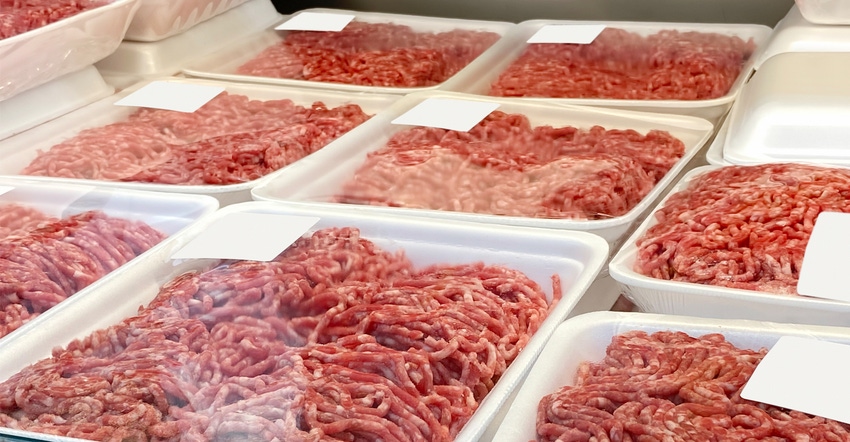
There’s an opportunity at every step of the animal protein food chain to use technology to improve sustainability. The trouble is, say experts, that the definition of “sustainable” differs greatly between producers and consumers. Narrowing that gap in understanding is what the food chain needs to focus on in the near term.
A panel of experts spoke April 20 during a pre-summit webinar hosted by the Animal Agriculture Alliance. The panel included Joan Ruskamp, owner and operator of J&S Feedlot in northeast Nebraska; Scott Eilert, customer technical lead for Cargill Protein North America; and Justin Sexten, head of industry and network partnerships with Precision Animal Health, Zoetis.
Technology tools
Whether it’s tools to monitor animal health in the feedlot, implants to improve growth and efficiency of gain, or just-in-time supply methods, technology can improve the efficiency of each link in the protein supply chain. The goal of a producer, like J&S Feedlot, is to focus on providing as much beef as possible, by also putting the animal’s welfare and the quality of the air, water and land that’s used to support and maintain that animal into the equation, Ruskamp explains.
“Whenever we can do more using less, and still supersede the way we have an impact on the environment, we feel like we’re being more sustainable with every tool we have to help us do that,” Ruskamp says. Whether that’s using runoff from pens to irrigate feed crops, or managing the precise dietary needs of each pen of feeder cattle, technology can help the farmer meet that goal.
Sexten says the key technology available to producers and accepted by consumers is genetic improvement. We have sensors and computer technology in the feedlot managing rations and monitoring animal health metrics, he says. We have technology in harvesting and managing protein supplies for consumers. But genetic improvements and ensuring that producers manage that animal to reach its fullest genetic potential gives us a much more sustainable system that is palatable to the consumer, he adds.
Consumer perception
Eilert works with food service, retail and protein ingredient customers of Cargill, each of which is answering to consumers about the sustainable methods used to raise the protein on their plates.
For many consumers, minimal processing of an animal, or animals that are raised with less pharmaceutical interventions like hormone implants or antibiotics, or even animals that are fed longer and with less intensive management, are imagined to be more sustainable, Eilert says. This perception lingers, despite the added cost, and environmental resources used in those production methods.
The consumer wants less waste, but consider the backlash against technology that could harvest more lean beef from harvested animals, he says. There’s real benefit to judicious use of antibiotics to keep animals healthy from an animal welfare perspective and a protein production perspective — and yet consumers are hesitant about their use.
“We’ve just got to remember, what we in the animal production world can define as sustainability can sometimes seem the exact opposite to the consumer,” Eilert says.
Going forward
Sexten predicts the future of technology in animal agriculture will have us managing individual animals, much like a crop farmer manages a field in sub-foot measurements with precision agriculture. And that’s going to need to be communicated to the consumer.
Eilert says consumers who experienced supply disruptions during the pandemic in their local stores may have a better appreciation for the delicate orchestration that has to take place to ensure suppliers like Cargill are sending enough product at the right time, so it doesn’t get wasted. Future technology improvements will better help suppliers plan for demand and reduce food waste, therefore making the system more sustainable.
At the producer level, these tools are fine; Ruskamp says, however, that without significant upgrades to rural broadband, these tools are likely to sit in the toolbox. Software that helps a feedlot manage its costly feed inputs from the scales to the bunk are only useful if they can connect to the internet.
About the Author(s)
You May Also Like






